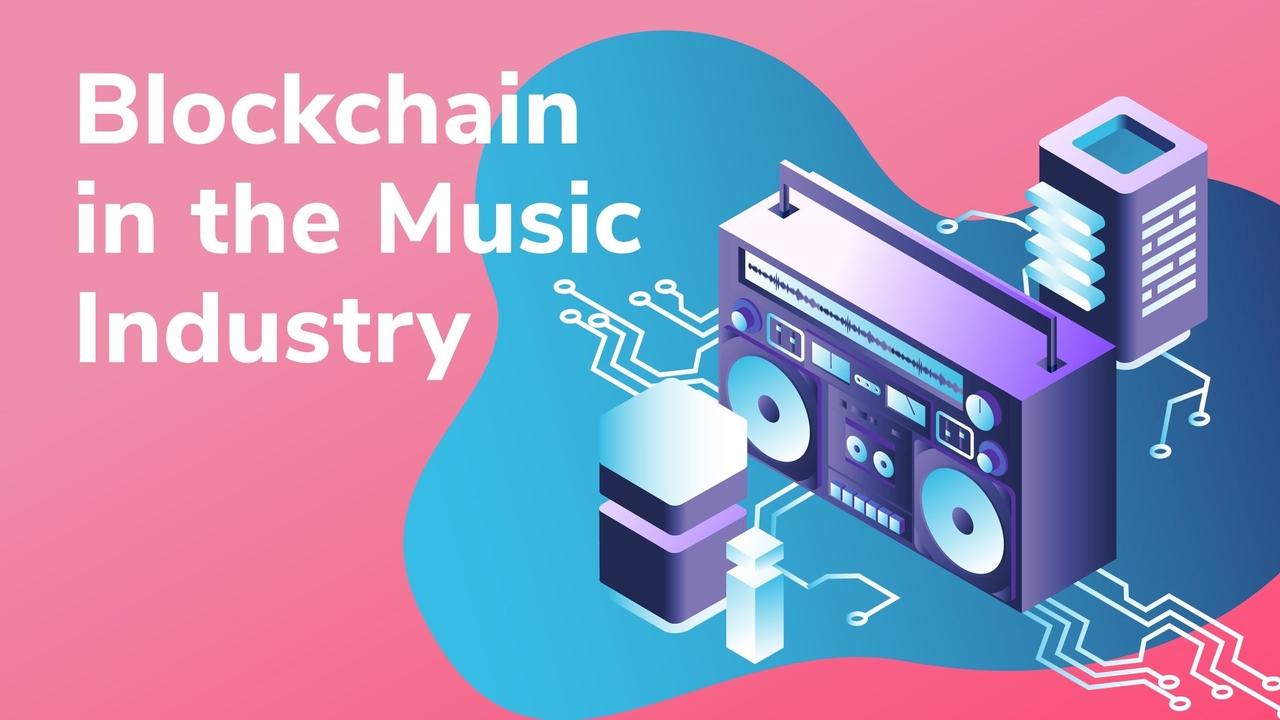
Blockchain is arguably starting to make it into the mainstream. The banking sector has embraced blockchain technology with open arms, and the logistics sector and even the administrative industry are beginning to follow suit. As such, people are now looking elsewhere for the next big thing. Some of the most interesting up and coming industries for blockchain use cases are the music and art sectors.
NFTs, or non-fungible tokens, have been rising to prominence in recent weeks, with many influencers and experts in the industry believing that the combination of blockchain with the art industry, and thanks to recent innovations, blockchain in the music industry could be a game-changer and a welcomer for mass adoption of crypto.
In this article, we will cover why blockchain technology has the capabilities of radically changing the global cultural and arts sector for the better while saving billions in fraudulent and counterfeit claims. The stereotypical anecdote of the starving artist may soon come to be a thing of the past - thanks to blockchain technology.
Looking to learn more about blockchain technology, or simply why it seems every sector is beginning to use blockchain? If so, you’ve come to the right place. Ivan on Tech Academy is one of the premier platforms for blockchain education, and offers a range of blockchain courses. Enroll today to learn more!
What is Blockchain Technology
Blockchain technology is an open-source distributed ledger, with transactions being immutably stored, i.e. they cannot be altered or removed. Blockchains are operated by a network of decentralized computers around the globe, each one reaching consensus agreement on mathematical verification of transactions.

Transactions are confirmed using data from the previous valid transaction, before then being placed in a block. When a block is full of transactions it becomes appended to the blockchain, with a transparent history of transactions dating back to the genesis block.
What are NFTs (Non-Fungible Tokens)
Non-fungible tokens (NFTs) hold unique data within a token, that cannot be duplicated or replicated. Conversely, Bitcoin or US dollars are fungible. If Bob lends Alice $10, Alice can pay back Bob with a different $10 bill because they are valued the same. One 1BTC in my wallet is equal to and the same as 1BTC in your wallet.
NFTs however, can represent unique data that can be securely appended to the blockchain using the ERC-721 standard on Ethereum, with other blockchains introducing their own NFT standards.

These can be used for licenses and certifications, or limited edition armor within a game. NFTs offer a vast array of use cases by representing just about anything on the blockchain and often provides a much smoother user experience for a blockchain-newbie compared to cryptocurrencies.
Cryptos.com author Ross Peili, states "I am confident for a variety of reasons that [ERC-]721s are generally more attractive [than ERC-20 tokens] to users not familiar with blockchain architecture and its programming languages."
If you would like to learn a bit more about how NFTs work, click here! Ivan on Tech Academy already has over 20,000 enrolled students, and is growing by the minute. Prepare yourself for the future through learning about blockchain, crypto and DeFi! Best of all, right now you can get up to 20% off with the exclusive promo code BLOG20.
Blockchain In The Art Industry
Counterfeit Reduction
Counterfeit goods are a huge problem that has been continually rising over the years, now accounting for 3.3% of global trade, as reported by the OECD and the EU's Intellectual Property Office.
According to the Economic Impacts of Counterfeiting and Piracy Report, the value of trade in counterfeit and pirated goods could reach $991 Billion by 2022.
Blockchain Art Collective aims to efficiently and robustly combine 3 main components - an object or piece of artwork, a secure physical identity, and a secure correlating digital identity.
Blockchain Art Collective's primary goal is to prevent fraud and eliminate counterfeiting of art. To do this, they physically attach or embed a tamper-evident Blockchain Certificate of Authenticity (CoA) to a piece of artwork.
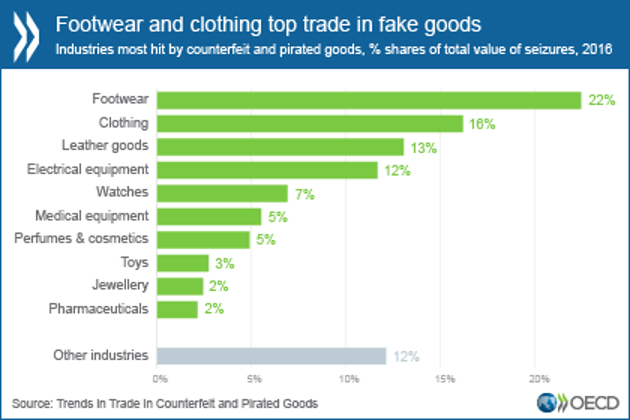
The CoA can be scanned with either a mobile phone or NFC-enabled (Near Field Communication) device to securely view or adjust its provenance records.
NFC microchips are unique types of IoT devices, which allow access to data by scanning them using a smartphone (or NFC-enabled device) on the Blockchain Art Application. The information displayed on the app is communicated in real-time between the Blockchain Art Collective's permissioned blockchain and the microchipped CoAs.
Registered Digital Ownership
Alongside the counterfeiting solutions offered by NFTs, the nature of blockchain shows proof of origin in a transparent and easily-accessible way.
Auction houses like Sotheby’s and Christie’s put weighty investments and resources into the verification of art, for both artist sellers and buyers. Proof of authenticity on the blockchain not only shows a full history of previous buyers but also maintains the artists' identities attached to the tokenized art.
Artists can digitally verify and display their portfolio of work, whilst being able to reproduce batch quantities of art with lower overhead costs than traditional art markets.
Artist Commissions
One of the biggest game-changers with the introduction of blockchain in the art industry, and a huge benefit to the artist, is to be able to receive a commission on every sale of their artwork, opposed to traditionally the artist making a one-off sale to someone who then makes profits on the artwork with future sales down the line.
With the ability of smart contracts, it is now possible for it to be written in code, for artists to receive a commission with every sale of their NFT artwork. This can vary depending on the number of sales the artwork has e.g. 10% commission for the first sale, 20% commission for every sale thereon.
Crypto Art
In a recent 'Pomp Podcast' Anthony Pompliano was shilling NFTs and wanted his audience to have a clear distinction between the phrases 'digital art' and 'crypto art'.
Digital art is artwork created digitally using a desktop or mobile device and is stored as an electronic file either on your hard drive, iCloud, or other central servers.
Crypto art is a form of art that has been appended to the blockchain, completely decentralized for a global audience, that cryptographically verifies the artist and origin of the artwork.
mintbase.io is a relatively new platform that offers 3 simple steps to create and sell art on the blockchain - keep reading to find out how!
Programmable Art
Programmable art is taking digital art to the next level.
Async Art allows anyone to create, collect, and trade programmable art on the blockchain. Digital artworks are split into 'layers', which are tokenized separately, available to multiple buyers.
The tokenized layers of artwork are programmable to change and adjust with different variables. Artwork can correlate responsively to programmed external variables such as a weather forecast, or the price of ETH.

Async Mona Lisa
An example from Async Art shows Da Vinci's Mona Lisa painting, digitally scanned and split into 3 layers (head, body, background) and programmed to smile when the price of ETH is going up, and a graphically augmented sad face when ETH is going down in price.
Blockchain in the Music Industry
When people hear of blockchain, usually they would think of cryptocurrencies, DeFi, institutional adoption of Bitcoin, or supply chain management. Few consider how blockchain in the music industry opens up countless opportunities for artists, through increasing income streams, independent decentralized distribution, and a chance for closer artist-fan relationships than ever before.

A few years ago, CryptoJingles, based in the Republic of Serbia, tokenized NFT sounds that you could mix and match to create unique NFT songs. Though short-lived, this kickstarted conversations around other things that could possibly be represented by NFTs.
Digital Copyrights
One of the most difficult parts of success for music artists in this day and age is being paid when your song is played or streamed. In the past few years, it has become easier than ever to illegally download or stream popular music, resulting in the entire music industry losing millions each year. Primary income streams for artists were ticket sales for live shows and merchandise; with the recent pandemic, the music industry is struggling more than ever.
With the introduction of blockchain in the music industry, artists releasing music on the blockchain will be paid per stream, through cryptographically-secure, immutable smart contracts.
The blockchain is a transparent ledger showing every transaction, movement, and stream of a song. On public blockchains, both artists and fans can view where and when a song has been played.
Royalty Payments
Another solution to a challenge faced by artists in the music industry today is the speed at which they receive their royalty payments.
Currently, artists typically wait between 6 months to a year to receive royalty payments from streaming and distribution companies. With the use of blockchain and smart contracts, payment will be almost immediate with each stream, allowing artists to have the capital to invest further into their careers.
Another interesting new option with the use of blockchain in the music industry is the shared ownership rights of the music.
"Bringing liquidity to the music industry" - ANote Music, a European marketplace for investing in music royalties, recently launched its platform late July this year.
ANote Music allows users to invest in music ownership rights of their favorite independent artists and profit from royalties. A great way to earn passive income, ANote Music provides transparent records of music ownership rights for artists, publishers, or record labels on the blockchain, with rights being valued purely by supply and demand.
Marzio Schena, co-founder and chief executive of ANote Music says, “Our goal is to unlock the hidden value in music for both investors and artists by creating a stock-exchange platform for music investments.”
Decentralized Distribution
"According to Digital Music News, more than 90% of artists go undiscovered, and those who do succeed often take home only 12% of the money the music industry makes."
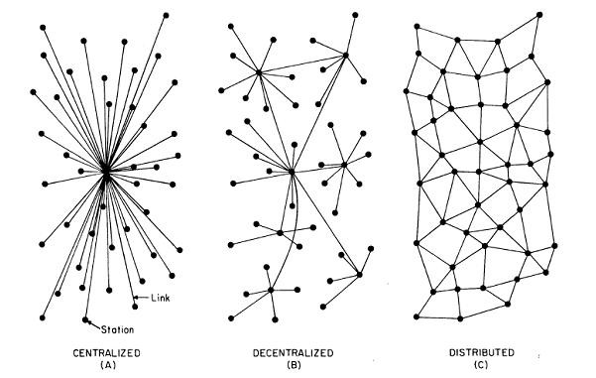
A disposition of blockchain technology is to remove unnecessary intermediaries. In this instance, record labels and distribution companies that can take up more than 80% of artists’ profits.
Based on the Ethereum blockchain, the Fenix platform is a one-stop-shop for all artist and fan needs and requirements. Fenix has both a mobile and web-based app that consolidates all the artist's social media platforms, a video, and audio player to listen to their music, merchandise, interviews, and ticket sales for tours - all in one place. This is a truly efficient and novel approach.
Artists and bands can view in-depth analytics of user engagement on their Artist Dashboard, alongside having access to a range of services including marketing, social media, graphic design, tour itinerary services that can be paid for using their native FENIX token.
Most importantly, artists are paid fairly and receive around 87% profit for their streams and services.
Tokenized Merchandise
In September 2019, global music publishing company Warner Music invested in a blockchain-related project for the first time.
The FLOW blockchain has been designed from the ground-up with scalability and heavy traffic in mind by the same team behind other successful crypto applications. (You may have heard of CryptoKitties?) Dapper Labs have created a new four-node architecture in the blockchain ecosystem which promises to offer a faster and cheaper experience than that of Ethereum, which is inundated with congestion and high gas fees.
This novel approach increases efficiency in the network without using any 'layer two' or sharding solutions, whilst maintaining decentralization and security.
FLOW is designed as a platform for developers to create digital NFT merchandise, dApps, games, and tokenized digital assets that power them. The FLOW network is already being used by global brands such as the UFC and NBA, creating digital collectibles.
Warner Music has suggested ideas for limited edition tokenized digital memorabilia for some of their artists.
Roham Gharegozlou, chief executive of Dapper Labs says: “Bitcoin and Ethereum show how crypto can make the world of finance more open and transparent; Flow will do the same for consumers of entertainment and culture.”
NFTs Digital Concert Tickets
As non-fungible tokens hold unique specific properties, this makes the standard a perfect use case for concert tickets. Digital concert tickets make for an easier buying experience from a fan perspective, and a smoother transition from the other side for the artists; compared to printing, selling, and posting physical concert tickets (or paying a company a small fortune to do it for you).
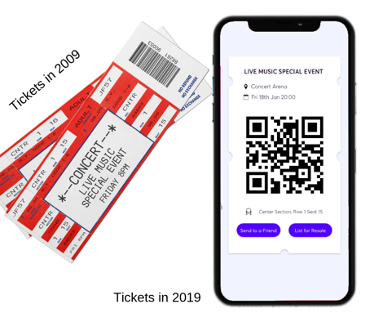
mintbase.io is arguably the best platform in terms of ease, to create, mint, and sell NFTs in 3 short steps.
First, you create a 'store', which is a smart contract of the NFT, secondly mint the amount you would like, and third - sell online on marketplaces, VR, DeFi, or games. When the NFT is sold, your ETH account will go up!
Programmable Perks For Fans
Blockchain in the music industry will allow a closer relationship between artists and their fans.
Blockchain offers artists the opportunity to give fans limited edition secret unlockable files pegged to NFTs, that can be programmed to be unlocked after 'x' amount of streams, or other artist interaction.
Similar to how the resurgence of vinyl music attracted value, NFT music is scarce. Only the NFT owners or artists are eligible to access the file behind each release, allowing the artist to have complete control over the material engagement with fans.
Where Can I Purchase Art And Music On The Blockchain?
OpenSea is the largest NFT market place by trading volume, turning over millions since its launch in 2018. OpenSea has a vast range of NFTs from artwork, collectibles, domain names, and CryptoKitties!
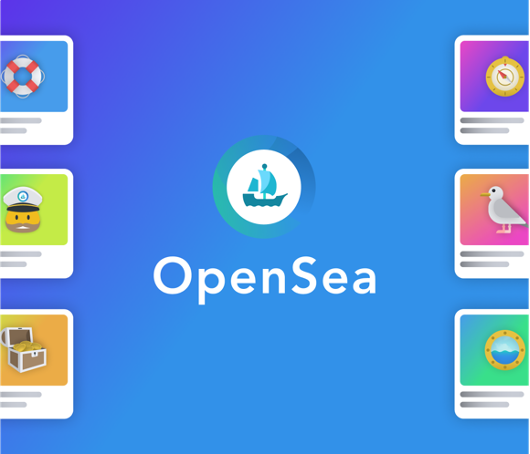
Nifty Gateway - Gemini acquired Nifty Gateway, which is a popular platform where you can buy and manage non-fungible tokens, digital items you can truly own.
Rarible is an up-and-coming marketplace to create and sell NFT artwork, alongside having their own governance token RARI. Read more about RARI here!
ZED RUN, similar to CryptoKitties, allows you to buy, breed, and compete digital racehorses named after crypto luminaries such as Satoshi Nakamoto.
In recent months Blockparty launched its own marketplace for NFTs. Aiming to bridge the gap between fine art and digital collectibles, Blockparty marketplace provides fans with the opportunity to access rare and authentic collectibles, memorabilia, and merchandise from their favorite idols within the music, art, and sports industries.
In July this year, the Cargo blockchain launched, allowing developers and digital creators to define, mint, sell and trade digital assets on the blockchain, namely NFTs. The Cargo white-label SDK (software development kit) allows creators to reproduce items at scale with low cost, being able to update metadata for millions of NFTs at a cost that works for them.
Conclusion
The visual aid of unique artwork and digital characters is a softer introduction to blockchain concepts than explaining the fundamentals of the history of money, the global economy, and monetary policies for the success and adoption of Bitcoin. The global art market declined by 5% in 2019 to a value of $64.1 billion.
With more than half (57%) of 18 to 24-year-olds preferring to buy collectibles online, the growing $4.8B online art and collectibles marketplace is set to grow exponentially as more people begin to understand and adopt the use of blockchain.
As such, could blockchain in the music industry be a way to revitalize the entire sector? Only time will tell. However, it is clear that blockchain technology could offer a lot to both the music industry and the art sector.
Do you find blockchain use cases interesting and want to learn more? If so, be sure to enroll in Ivan on Tech Academy. The Academy offers countless courses on everything from basic coding to blockchain programming and cryptocurrency fundamentals. Join the Academy today!
